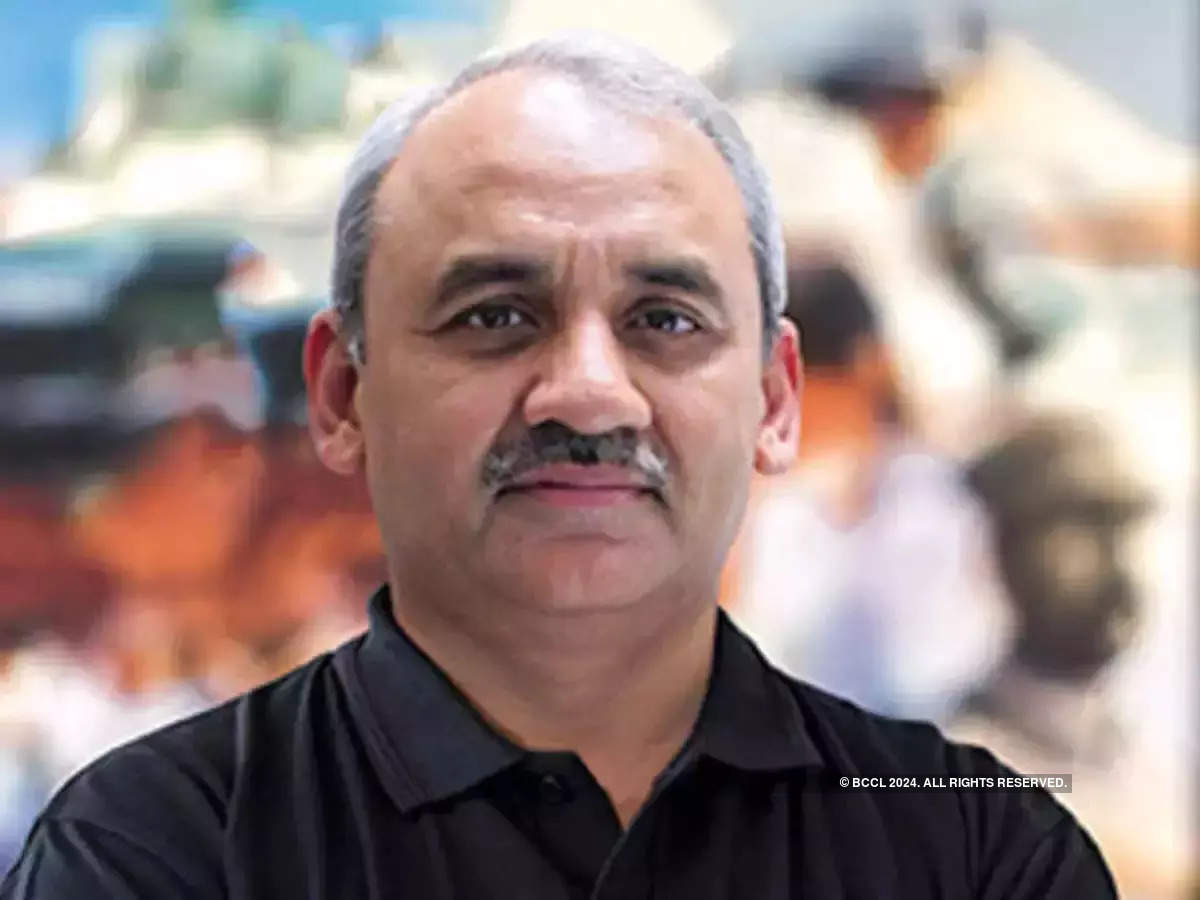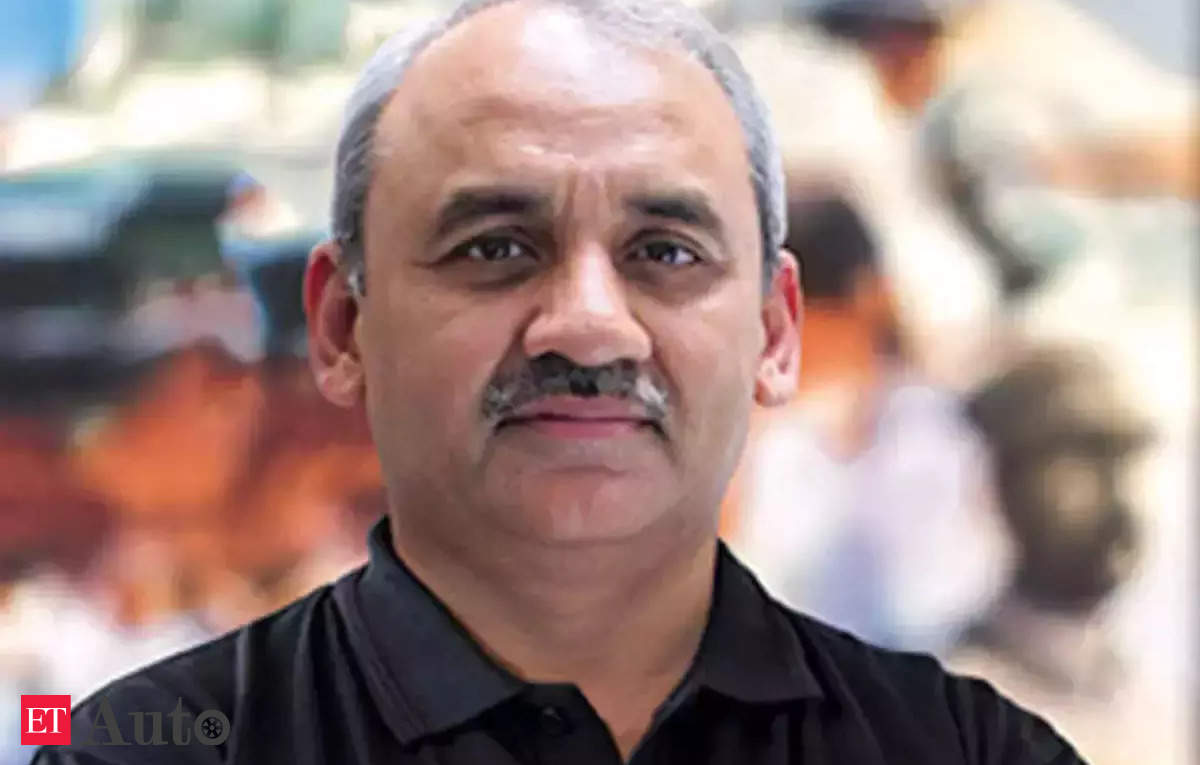
What have festive sales been like up until now? Which segments do you believe could really propel growth?
Rakesh Sharma: Festivals have just started, so it is a little bit early to start to give a verdict on festive sales. But if we rewind a little bit, then I must say that July and August saw a little bit of a turnaround in retail terms compared to the previous year. Till about quarter four, the industry was still in decline but towards the end of quarter one and then certainly in July and August, we saw an uptick in the industry.This is, in our opinion, being driven by the top half of the industry which is the 125 cc plus segments, which constitute almost 50%, a shade under 50% of the industry, that is growing at a faster pace than the bottom half. The demand at this point of time seems to be evenly spread across urban centres and rural centres.
Retail financing is progressing very well. We are seeing tenures of loans going up, which is a very good indication because is suggests that people have confidence in a continued stream of income based on which they are taking longer-tenure loans.
So, I would say that the curve has sort of turned around and now we are looking directionally upwards. But I would say that we are still in middle single digit — 6% to 8% growth — levels in terms of retails.
When we spoke last time, you said that domestic market could pick up. But given that commodity prices have stabilised, is there reason to get more excited about exports recovery faster than retail recovery?
The performance of the domestic markets is far superior and therefore more exciting. I think the exports recovery has commenced and quarter one was better than quarter four in retail terms for us. And quarter two is seeming to be better than quarter one.
However, it is improving in bits and pieces. I would not say it is like a sharp recovery, but it is like quarter one was better than quarter four by about 3-4% and similarly, quarter two is better than quarter one by about 3-4%. I think we will continue to see an improvement but it is going to be slow and steady.
Internationally, there are two issues, as I probably would have mentioned last time. One is that inflation has ravaged these emerging market economies and that is still not coming under control because the dollar is stronger compared to these currencies and they continue to devalue
A lot of these economies are very foreign trade dependent and their exposure to currency volatility is very high. Therefore, inflation remains an issue in some of these countries.
Second, the availability of the dollar for trade is improving. When you put both of these things together, one can say that yes, there will be recovery. But it is going to be slow and steady, which we are happy about. The free fall has flattened out and at least we are back into the positive territory now.
The big trend within the auto sector is that everybody wants more at the same price — more power, more mileage and more cc bikes. So, when the domestic buyers in India come back, do you think they will come back at entry level or they would come back in premium, or mid-range?
This is not a trend; this is a phenomenon, a feature of the Indian market and in particularly our category that people are really driven foremost by value-for-money reasons. It is a capital-scarce economy, so one can understand that.
The second thing is, we have to understand that 70-80% of motorcycle customers earn less than Rs 40,000 per month. So, that is the segment which is always thrusting for value for money propositions.
Which segment will perform better, is really an outcome of the nature of economic recovery. Six months back, the nature of the economic recovery was really in the top half of our demand segments. People who were better off, had some better savings, etc. The economic recovery had not yet reached people at the lower segments.
Now, one is finding that there is some bit of confidence which is appearing over there and people are willing to come out and spend some money. And what happens is that when the times are tough and actually a lot of the savings have got impaired because of COVID, then this adventurism in purchase gets curtailed and you go back to a higher value for money.
That phenomenon could be at any level — it could be at a super-premium level, it could be premium level, it could be mid-level. Just to quote, a customer told me that he did not have enough money to buy cheap. So they are very careful, they do not want to just buy on price and have a service problem or a maintenance problem.
Therefore, you start to see the recovery in the mid-range and certainly in the top range. Mid-range, because it makes better sense; top range, because that is the customer who is recovering faster. When you put these two things together, that is what is standing out that the better products are doing much better than the price-led products.
What is the outlook when it comes to the plans to ramp up the electric two wheeler production? Can you walk us through what the targets are? How much you are looking at in terms of units per month?
We are right now trying to unlock the capacities. We are currently between 8,000 to 10,000 levels per month for Chetak; we should be able to move this up to 10,000 to 15,000 kind of levels by quarter four. And then we will see beyond that, how the market is shaping up, which way the winds are blowing when it comes to the subsidy support because the subsidy is a very, very important factor.
So we have to keep that into account. We know that there is a fault line in March by when the policy should get clarified, going forward. The previous clarification, which happened suddenly in May, did retard the growth, it is still growing but at a much lower level. So that is our sort of broad plan in terms of capacities and the kind of volumes we are intending to pursue.
Will you be a bit aggressive then once there is clarity on the policy front when it comes to product launches?
In the next quarter, you will see an expansion in the Chetak portfolio. And when we hit the next financial year, what is going to happen is that hopefully, the electric two-wheeler segment is going to be much bigger, which then gives you opportunities to sub-segment the market.
Just throwing more and more models and then fracturing the demand and your own retails over multiple models, which have marginal differences between them, is not as productive. But we are anticipating that this segment will obviously be bigger. It is continually getting bigger. The penetration in the scooters is increasing, it stands at about 15% now, and we are anticipating that this is going to give us opportunities to sub-segment the market and have meaningful introductions, which deliver different propositions. You will see this happening in the next financial year.
What is your outlook in terms of launches of electric three wheelers?
About a couple of months ago, we launched the electric three-wheeler very selectively in Uttar Pradesh and we had an absolutely outstanding response. We had to take a step back because a few months ago when we went in, we realized that we needed to improve the proposition a bit. So we strengthened that and we launched it a couple of months ago. And I can tell you that we are already at leadership market share. We are therefore now scaling up and scaling up means not just at the front end, entering more and more cities but also at the back end, ensuring that the supply chain is now going to be able to deliver the increased demand.
The cannibalization is very slender because in most of these cities, the auto rickshaw is not allowed because they are under the permit system. And for many years now, the ICE autos — even CNG autos — have not been permitted in these cities. Therefore, this is an almost entirely new business. And what happened when no new permits were being issued for autos, demand for intra-city transport and mobility continued to surge. And that was then being satisfied with what we call e-ricks, which have become a huge phenomena in the North and the East.
And wherever we have launched our e-autos, it has cannibalized these e-ricks, particularly those people who have been plying e-ricks for one or two years, know that it is not a durable product and they finally want to get into a very legitimate, sound product and that is where the e-auto steps in. So in that way, as we scale up, at least for quite some time, we feel this is an absolutely new business for us.









